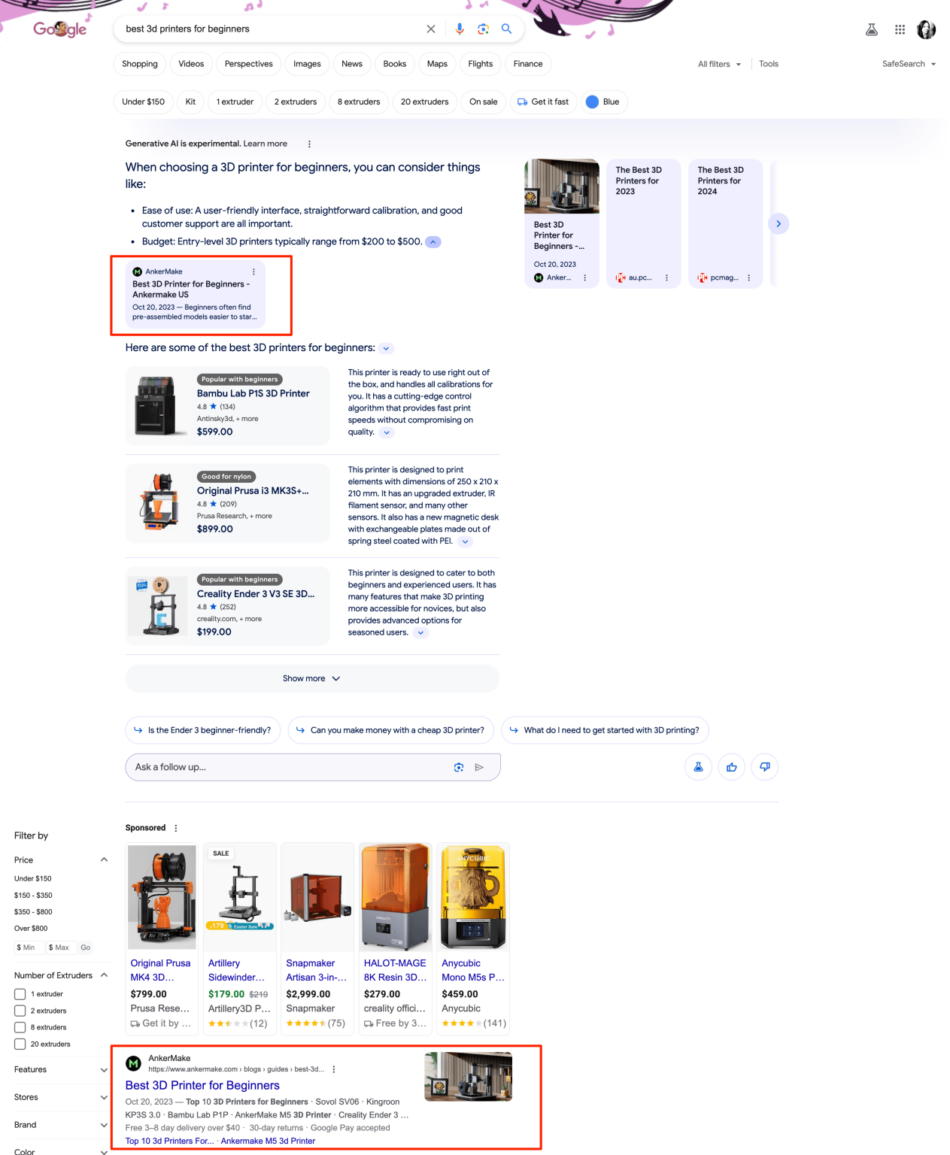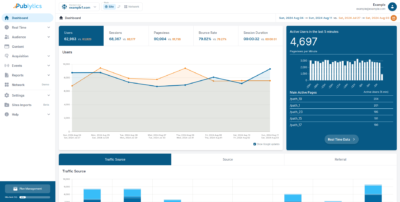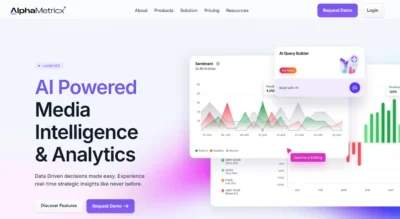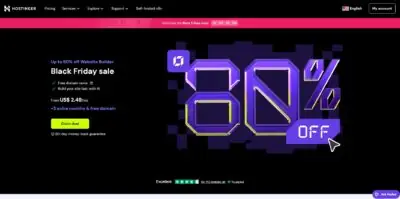Disclaimer: The author’s views are entirely their own and may not fully reflect how Google employees see the future of AI Overviews and how the feature will develop. This is the best educated guess at AIO optimization based on the analysis of current performance data, AIO can change how it works in the future.
Google has always rolled out updates and features. In 2023 alone, it rolled out ten updates to the ranking algorithms. With the world infatuated with the rapid growth of AI tech, it’s only natural to see AI Overview (AIO) integrated into the Google search experience.
Many content marketers fear AI will make content marketing much harder, if not obsolete. A lot of these fears are centered around Google’s AI Overviews.
How can we create an AI Overviews content strategy, and how can this new feature change the future of search? This article will explain everything in much-needed detail.
What are Google AI Overviews?
Google AI Overviews, previously called Search Generative Experience, is the latest search feature that might trigger on some search queries, similar to Featured Snippet. This overview presents a summary of the question and provides links to the sources it used.

Based on the latest studies, Google AI Overviews feature up to 19 links to the source used before a user clicks on the drop-down button and could link to 26 sources thereafter. However, the most frequently occurring situation is one link before clicking and about four links after clicking.
After that, a user can click on one of the suggested links, start a conversation with the AI, scroll down to organic results, or leave the page if their question was answered by the AI.
How Will AI Overviews Impact the Content Strategy?
From the very start, you can tell Google users will receive more options when it comes to searching. That’s great for Google, as it provides their customers with more flexibility, but it isn’t ideal for content marketers.
Where, previously, the user only had the option to either be content with a Featured Snippet or click on a link to your page, they now can read long Google AI Overviews, talk to AI, or click on a link suggested by the AIO.
This means less user attention is paid to organic search results. But you do get another optimization opportunity—trying to get your link featured in AIO.
Google AI Overviews can also answer basic superficial questions quite well, so that means there will be a rise in zero-click searches. Your AI Overviews content strategy should incorporate that and focus on content that goes deeper, specifically middle and bottom-of-the-funnel content.
That type of content is more likely to get clicks, even if an AIO is present in the search results. Julia McCoy, President of Content at Scale, said in a recent webinar that users are seeking content pieces they can trust with the introduction of AI-enhanced search results and AI-generated content. So, investing in the production of quality content should be a part of your AI Overviews content strategy.
6 Changes to Content Strategy
Google AI Overviews requires content marketers to make SEO content strategy adaptations. Here are the six things you’ll need to improve to craft your AI Overviews content strategy competitive in the era of AI-enhanced search.
Keywords Research with AI Overviews in Mind
The most recent study of Google AI Overviews, which looked at 100,000 keywords, concluded that only 8% of keywords trigger an AIO. The factors that correlate with AI Overviews in search are:
- High keyword word count
- Low keyword competition
- Low keyword search volume
So, while shorter commercial keywords are mostly unaffected by AI Overviews, long informational ones are, especially for keywords with less than 50 monthly search volume. With that said local content publishers may need to take a closer look at their content strategy for AI Overviews.
This means content marketers will have to be especially vigilant with keyword research for their Google AI content strategy.
Since SERP for long informational keywords will have significantly more AIO, do the two following things to stay on top of it.
Invest in researching user intent for each long keyword, even if it doesn’t have AIO just now. The odds are that AI overviews may become more and more widespread as Google’s AI learns to produce better answers, so you might have to prepare all informational keywords for it.
You’ll have to do research to understand what exactly users want to learn when they google a keyword and what other context they expect.
For instance, if a user googles “how to create a TikTok marketing strategy,” they’re interested in the short list of steps AI can draft. Most people will also like to know what video set up to use and who to hire to manage the account.
Using that implied search intent, expand your AI Overviews content strategy with helpful and valuable content. Users interested in the details will click on it regardless of whether there’s an AIO.
You also have to know which keywords that you work with have an AIO. Since it’s a relatively new feature, the market for tools that track it is scarce, but SE Ranking is going to release an AI Overviews tracker soon. This tool can monitor the presence of AIO in your keywords, show and analyze sources linked in the answer, and monitor your competitors’ visibility on AI Overviews.
Show Content Expertise
Knowing what your audience wants to read is the right way to retain the traffic that matters with an AIO present in SERP.
Judging from the study of AI Overviews linked above, the number of links provided in the AIO has shrunk from 26 to an average of 3-9 links. These links appear over the organic search results and might be interpreted by users as more credible. As a part of your AI Overviews content strategy, you might want your page to take that place.
One way is to signal the authoritativeness of your content to Google.
Create quality content that dives deep into the topic and is interesting for users. Apart from that, here are strategies for making your content more authoritative for the algorithm.
- Work on your authors’ online reputation. Have them published and mentioned on third-party sites and podcasts to show they’re an expert in the field, not an anonymous copywriter.
- Work with established niche experts and cite them as coauthors on the page.
- Earn links from authoritative websites to your content.
- Improve topical authority. Write a series of articles that cover a large topic to show Google your site has wide expertise.
On-Page Optimization
The basic SEO practice of on-page optimization can also improve the odds of your page appearing in Google AI Overviews.
Make sure the main keyword is present in the title tag, meta description, URL slug, and H1 of your page, as well as the text itself. Use the content optimization checklist to help guide and inspire your optimization efforts.
If you know that AI Overview is present for the keyword, formulate the title with the search intent and AIO in mind.
For instance, if the keyword “business analytics automation,” the title might sound like “What is business analytics automation?” This can make it more likely to end up in the AIO sources.
Working on your SEO and trying to rank in the top 10 is also a good way to enhance your AI Overviews content strategy. In most cases, AIO sources include at least one link from the top 10 of SERP.
Structuring Content for Featured Snippets & Knowledge Graphs
If you looked at the previous point and thought this is very much alike optimizing for the Featured Snippet, you’re right. In fact, featured snippets appear together with AI Overviews 45.39% of the time, and in many cases, links in the Featured Snippet also appear in the AIO.
So, optimizing your content for established Google features like Knowledge Graphs and Featured Snippets can improve your chances of getting into AIO sources.
Optimize your title and the part of text meant for the Featured Snippet or AIO to match search intent. Use structures like “Keyword is . . .” for definitions and properly formatted lists and tables for data that needs to be presented that way.
When you’ve done that, improve the text with small iterations until you get a feature with a content audit.
For Knowledge Graphs, create mentions and profiles of your brand on third-party authoritative platforms like Wikipedia, G2, LinkedIn, and Google Business Profile.
You can also use structured data to improve the odds of your products appearing in the list AIO provides. Structured data gives Google more information about your products, such as their image, rating, and price. All of this might be important to get featured.
Invest in Video Content and Social Media
Another finding of the AI Overview study is that YouTube, LinkedIn, and Pinterest dominate in linked mentions on AIO. There are several other websites, including Wikipedia, but most are blogs or other types of websites you can’t post from.
With YouTube, LinkedIn, and Pinterest, create and optimize content on them.
Creating videos for your business and being active with content on social media is a good content marketing strategy in general. They can bring traffic through those channels themselves and appear in Google SERP.

This will make your strategy even more viable as your videos and LinkedIn posts can be linked in Google AI Overviews.
To gain more chances of that happening, use keywords in the title and video description and make quality content.
Include Product Feeds in AI Strategy
AI Overviews can also feature a list of products for “best of” search queries.

Take advantage of that by incorporating a Google AI strategy into your Google Product Feed positioning. Use descriptive, keyword-rich headings and quality images, work on brand awareness and recognition to receive similar mentions, and improve Google AI marketing.
Summary
Google AI Overviews are changing the Google search experience, but content marketers need not fear but rather anticipate content strategy adaptation.
Prepare for traffic on basic informational keywords to drop, as many users will have their questions answered by the AIO. Invest in quality content to serve users who want to learn more about the topic.
Work on general SEO and online reputation to rank higher on SERP to increase the chances of getting mentions from the AIO.
Most importantly, monitor AI Overviews on the keywords you target and read Google’s updates on AIO to stay ahead of the changes.






